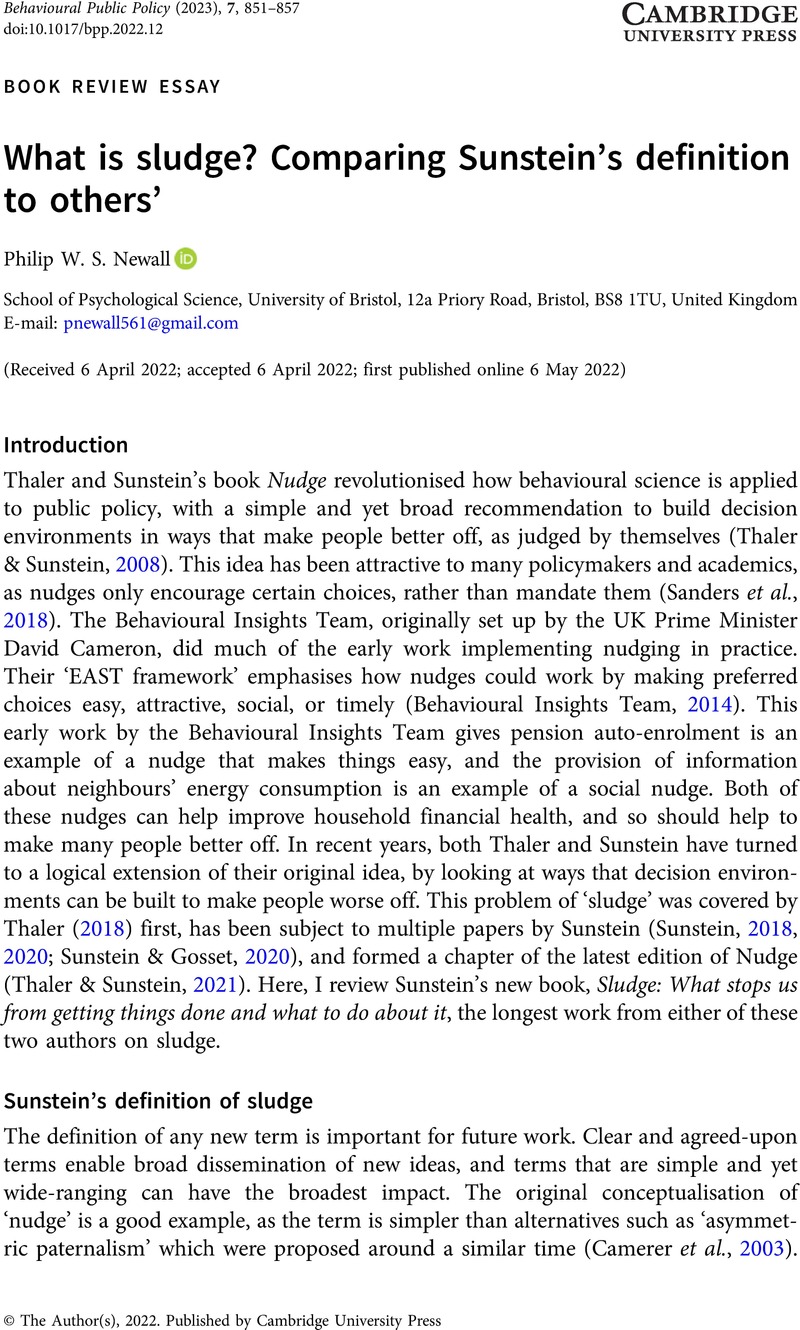Crossref Citations
This article has been cited by the following publications. This list is generated based on data provided by Crossref.
Hegers, Oliver
and
Mahlendorf, Matthias D.
2021.
Does lowering barriers to rate improve the informativeness of the rating consensus on online platforms?.
SSRN Electronic Journal ,
Morozovaite, Viktorija
2023.
Hypernudging in the changing European regulatory landscape for digital markets.
Policy & Internet,
Vol. 15,
Issue. 1,
p.
78.
Alm, James
Burgstaller, Lilith
Domi, Arrita
März, Amanda
and
Kasper, Matthias
2023.
Nudges, Boosts, and Sludge: Using New Behavioral Approaches to Improve Tax Compliance.
Economies,
Vol. 11,
Issue. 9,
p.
223.
Mills, Stuart
2023.
Deceptive Choice Architecture and Behavioural Audits.
SSRN Electronic Journal,
Fortier, Marie-Ève
Audette-Chapdelaine, Sophie
Auger, Anne-Marie
and
Brodeur, Magaly
2024.
Nudge theory and gambling: a scoping review.
Frontiers in Public Health,
Vol. 12,
Issue. ,
Ryzhkova, Marina
and
Kashapova, Elmira
2024.
Sludges against Ponzi schemes.
Journal of New Economy,
Vol. 25,
Issue. 1,
p.
50.
Mills, Stuart
2024.
Deceptive choice architecture and behavioral audits: A principles‐based approach.
Regulation & Governance,
Vol. 18,
Issue. 4,
p.
1426.



